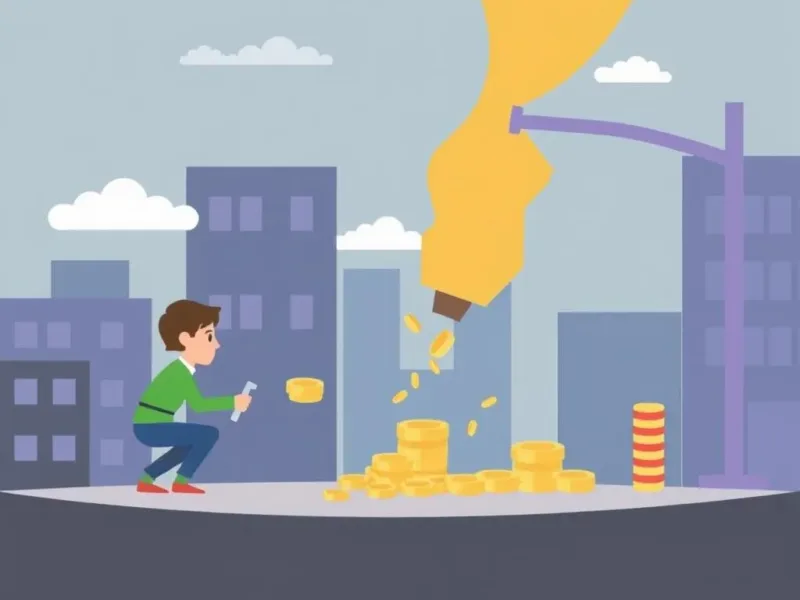Discover the ins and outs of unemployment structural—what it is, why it happens, and how it affects workers and the economy. Learn about the causes, effects, and effective solutions to bridge the skills gap and empower those left behind in a changing job market.
Structural Unemployment: When the Job Market Leaves You Behind 😢💼
Picture this: You’ve been a pro at assembling widgets on a factory line for years. You’re quick, precise, and proud of your work. Then, one day, a shiny new machine rolls in, doing your job faster and cheaper. You’re out of work, and when you start job hunting, every listing wants skills like “robot programming” or “data crunching”—stuff you’ve never even heard of! This, my friend, is structural unemployment. It’s when your skills and the job market just don’t click anymore. 🧩❌
So, what’s the deal with structural unemployment? Why does it happen, how does it mess things up, and what can we do about it? Let’s dive in and figure it out together—with a sprinkle of emojis to keep it light! 🌈
What’s Structural Unemployment All About? 🤷♀️
Structural unemployment isn’t your typical “I’ll find a job next week” situation. It’s when there’s a big gap between what workers can do and what employers need. Think of it like a dance party where the music switches from waltz to hip-hop, but you only know the waltz steps. The jobs are there, but you’re not ready to groove. 🎶
Unlike other types of unemployment—say, losing a job because the economy tanks (cyclical) or because you’re between gigs (frictional)—structural unemployment sticks around longer. It’s tied to big, lasting changes in how the world works. 🌍
Why Does It Happen? The Big Causes 🔍
Structural unemployment sneaks up when the job market shifts gears. Here’s what’s usually behind it:
- Tech Takeover 🤖: Machines and AI are stealing the show! From self-checkout kiosks to factory robots, tech is replacing jobs that humans used to do. It’s like a sci-fi movie, but real life.
- Global Shifts 🌐: Companies move jobs overseas where it’s cheaper, leaving local workers high and dry. Imagine your job packing up and flying halfway across the world! ✈️
- Changing Tastes 🛍️: What people want changes over time. Think about how streaming killed video rental stores—sorry, Blockbuster fans! Those jobs just don’t exist anymore.
- Skill Gaps 📚: If workers don’t have the training for new roles, they’re left out. It’s like showing up to a test without studying.
These shifts can feel like the ground moving under your feet, leaving you scrambling to catch up. 🏃♂️
How It Hits Us: The Effects 🌪️
When structural unemployment strikes, it’s not just a personal bummer—it shakes things up for everyone. Check it out:
- Money Slows Down 💰: Unemployed folks spend less, which drags the economy. It’s like a party where no one’s buying drinks.
- Bigger Gaps ⚖️: People with hot skills soar, while others sink, widening the rich-poor divide. It’s like some get jetpacks while others trudge along.
- Feeling Down 😞: Being jobless for ages can hit your confidence hard. Stress and worry creep in, and it’s tough to shake off.
- Taxpayer Burden 💸: Governments spend more on support like unemployment benefits. It’s like patching a hole in a boat that keeps leaking.
It’s a chain reaction—when one piece falls, the rest wobble too. 🎳
Fixing It: Solutions to the Rescue! 🛠️
Don’t worry—structural unemployment isn’t game over. We’ve got ways to fight back and get people working again:
- Learn New Tricks 🎓: Training programs can teach skills like coding or healthcare basics. It’s like leveling up in a video game!
- Government Boost 🏢: Policies can fund education or nudge companies to train workers. Think of it as a teamwork power-up.
- Business Steps In 💼: Companies can offer apprenticeships or create jobs that match new trends. It’s like building a bridge to the future.
- Keep Growing 🌱: Staying curious and learning all the time keeps you ready for anything. It’s like keeping your toolbox stocked.
With these moves, we can turn a tough spot into a comeback story! 🚀
A Real-Life Look: The Coal Miner’s Tale ⛏️
Take coal mining towns as an example. As the world went green, demand for coal dropped, and mines shut down. Miners who’d spent decades underground suddenly had no jobs. New opportunities—like solar panel installation—popped up, but they needed totally different skills. Some retrained and switched careers, while others struggled to adapt. It’s a classic case of structural unemployment: the jobs changed, but not everyone could follow. 🌞
Let’s Wrap It Up! 🎉
Structural unemployment is when the job market evolves, but workers’ skills don’t keep pace. Tech, globalization, and shifting demands drive it, and the fallout hits wallets, hearts, and society. But with training, teamwork, and a little grit, we can close the gap and get everyone back in the game.
What do you think? Ever seen structural unemployment up close? Got ideas to fix it? Let’s talk! 💬✨




Leave a Reply